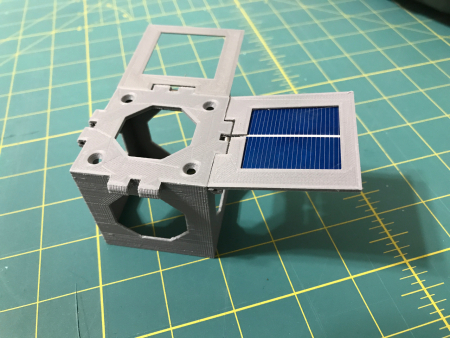Flying Boeing’s Starliner capsule
Link here. The article provides some nice details about the way the spacecraft will operate (mostly by computer), with the astronauts monitoring and capable of taking over at any point.
Unlike Dragon, the control panel has no touchscreens. According to astronaut Chris Ferguson, the design was “borrowed a little bit from Orion, and it’s kind of the way some of the 5th generation military planes interact with pilots.” Not as fancy, but maybe more practical. I still have my doubts about the ability of astronauts to accurately press a touchscreen during the vibrations of launch.
There is something else, however, about this article that bugs me. It reads too much like an SLS update, filled with glowing reports that, in the case of SLS, are designed to disguise a program that is not going to meet its schedule. This is pure speculation based on nothing but instinct, but it is an impression I have and do not like.
Link here. The article provides some nice details about the way the spacecraft will operate (mostly by computer), with the astronauts monitoring and capable of taking over at any point.
Unlike Dragon, the control panel has no touchscreens. According to astronaut Chris Ferguson, the design was “borrowed a little bit from Orion, and it’s kind of the way some of the 5th generation military planes interact with pilots.” Not as fancy, but maybe more practical. I still have my doubts about the ability of astronauts to accurately press a touchscreen during the vibrations of launch.
There is something else, however, about this article that bugs me. It reads too much like an SLS update, filled with glowing reports that, in the case of SLS, are designed to disguise a program that is not going to meet its schedule. This is pure speculation based on nothing but instinct, but it is an impression I have and do not like.

